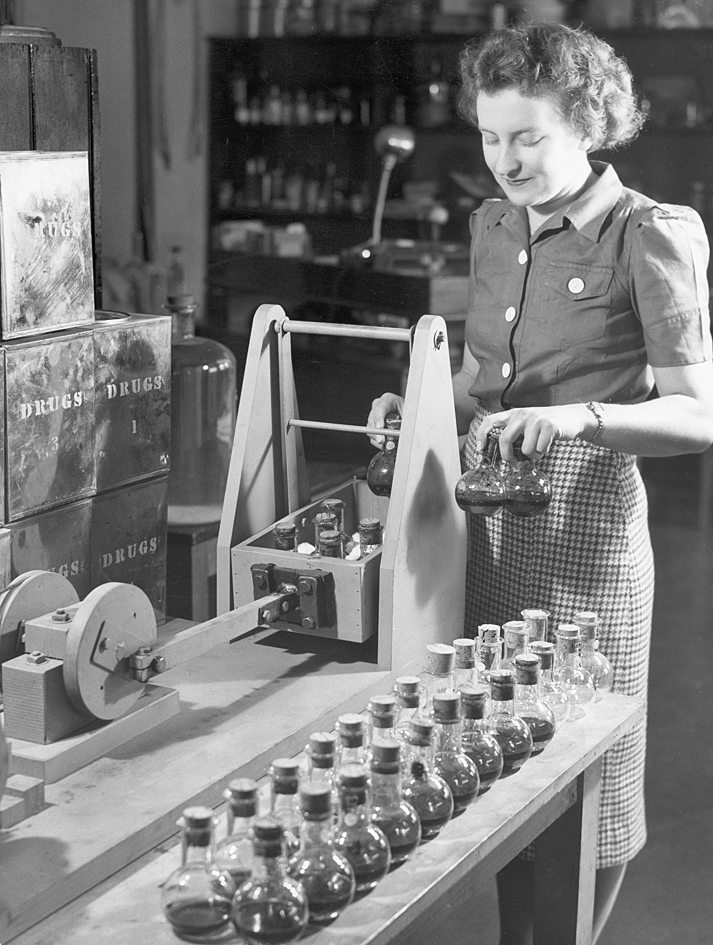By Elizabeth Yuncken
Our man Ludwig, well coiffed. Image: Wikimedia Commons.
This is the story of a little plant that has connected two great nations – Australia and Germany.
Exactly 200 years ago, an explorer and naturalist was born in a far away land called Prussia (today we know it as Germany). His name was Ludwig Leichhardt, and he decided to explore the land and environment of a vast country called Australia. On one of his expeditions in Queensland he found a tall bush that had never been named or described by Europeans. He brought a bit back to Sydney, along with lots of other important and unknown-to-Western-science plants and animals.
Later that century, a German Baron called Sir Ferdinand Jakob Heinrich von Müller was working as the Victorian Government botanist and as the director of the Royal Botanic Gardens in Melbourne. He described (in scientific Latin) the tall bush, and the plant was named after Ludwig Leichhardt: Duboisia leichhardtii.
Not long afterwards, researchers starting investigating the plant for its medicinal properties. It’s high in tropane alkaloids, which do all sorts of funny things to people (actually cocaine is a tropane alkaloid, but it doesn’t come from our bush). Turns out, Duboisia leichhardtii and some of its sister species are great source of the tropane alkaloids atropine and scopolamine.
How good is your Latin? Image: Biodiversity Heritage Library.
Atropine makes your pupils dilate, so ophthalmologists find it pretty useful to get access to the inside of your eyeball. Scopolamine was used to help cut down the pain of childbirth and to treat some mental disorders, and was then found to help treat bomb shock and travel sickness. That’s my kind of drug!
This is where CSIRO comes in to the story. In the 1940s and 1950s demand for scopolamine and atropine was increasing, so CSIRO started doing some research on our friend Duboisia to see if they could grow it more efficiently and encourage it to produce more drugs.
The good old days in the Drug Plant Investigations Unit. The powdered leaf of Duboisia is placed in flasks with a solvent and agitated for two hours to ensure complete extraction.
The potential of Mr Leichhardt’s bush got everyone all excited. The West Australian newspaper reported in 1953 that 100 tons of Duboisia leaf were exported that year and ‘there seems little doubt that this Australian plant will ultimately become the chief world source of atropine.’ Huzzah!
Although it may not have quite lived up to the hyperbole, it’s true that Australia still exports Duboisia to a major pharmaceutical company based in (you guessed it) Germany! Germany company Boehringer Ingelheim has around 990 hectares of Duboisia plantations on the east coast of Australia, and they ship the dried leaves to their plant in Germany to extract the active ingredients.
What a nicely completed circle of German-Australian collaboration. Nice work Ludwig!




